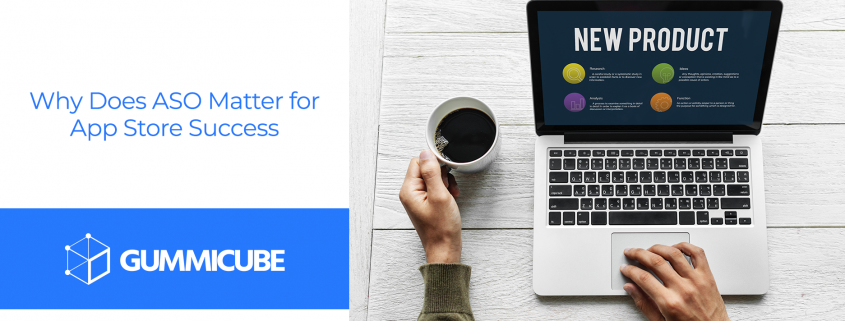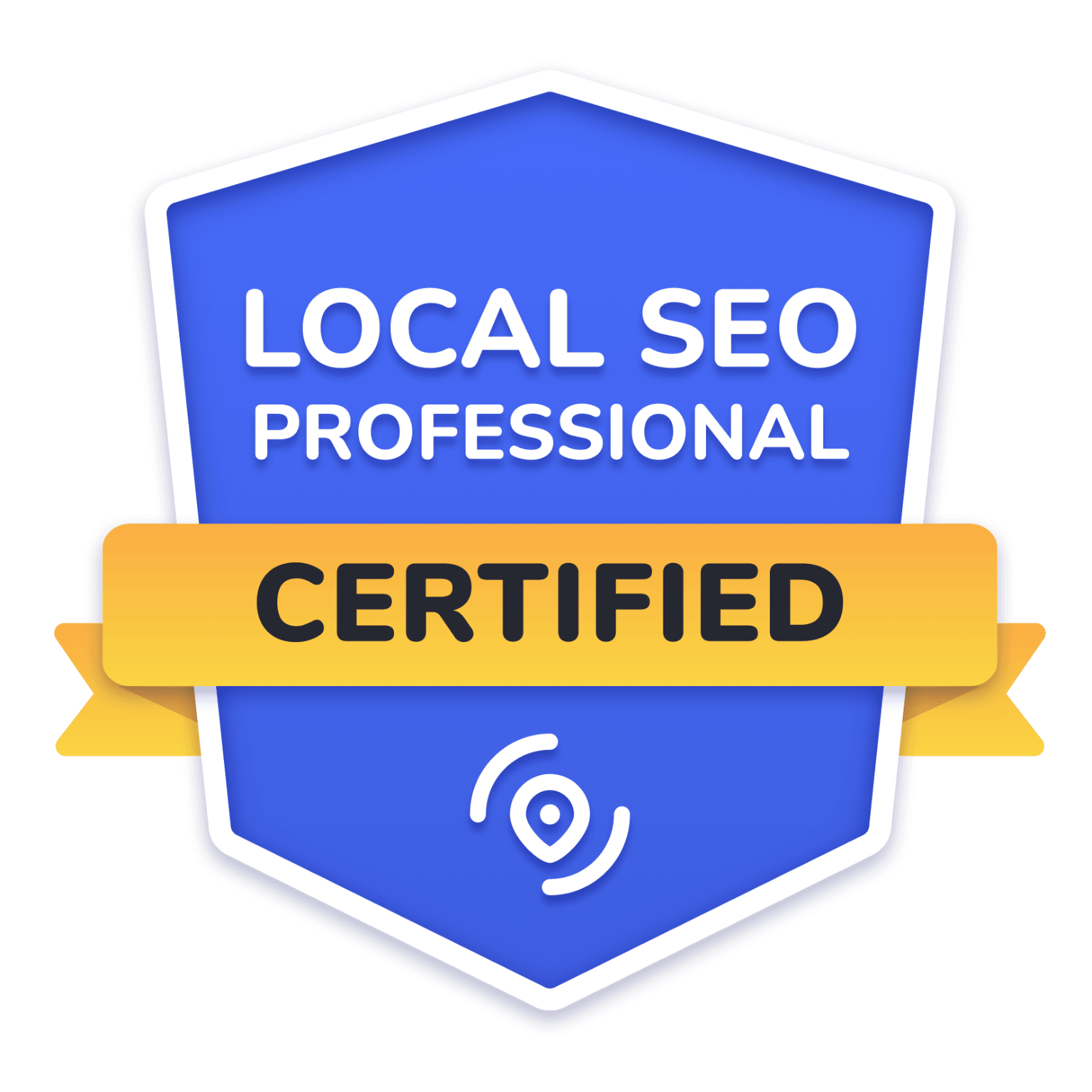Why Does ASO Matter for App Store Success
Post contribution by: Gummicube
Building an app is the first half of the battle, the other is marketing it – so where do you begin? From social media to press releases to deep linking, there are so many ways to market your app, but one key method is through App Store Optimization (ASO). ASO involves studying how the App Store and Play Store algorithms work, then using those insights to help your app get discovered within them.
Where Do Apps Get Discovered?
There are several channels through which users can discover apps: through social media, news sites, inside of other apps, and of course, being featured on the App Store or Play Store. However, the majority of app discovery happens through search. In fact, 70% of app downloads happen as result of searches.
As such, if a developer wants to maximize their app’s discoverability, they’ll want to focus on visibility within keyword search results. While social buzz and getting featured are great, it’s essential to not overlook organic.
How to Get Discovered in Search
For an app to get found in searches, it will need to include the right keywords in its metadata. Metadata includes the text fields such as the title, subtitle and keyword bank on iOS, or the title, short description and long description on Google Play.
A keyword is any term that a user may be using when searching for an app on the stores. By targeting the right keywords, an app can increase its chances of being discovered by the right audience. The stores crawl the metadata and determine what keywords and phrases an app is relevant for- without declaring and targeting the right keywords, an app has lower chances of discoverability.
In order to maximize your optimization efforts, you’ll want to use ASO software to help identify the best keywords for your app.
Turning Impressions into Installs
While keywords are vital to ASO, ranking for a keyword does not automatically guarantee installs. The messaging and creative presentation within the app’s store listing play a major role in its ASO strategy.
An app’s screenshots should communicate important features and offerings in seconds. Since users only spend a few moments reviewing an app’s listing before deciding if they want to install it, these seconds can be vital.
As with keyword research, it’s important to understand what creative elements drive conversions in an app’s category. This can include the fonts and colors used, the features highlighted, or even the screenshot orientation – choosing portrait or landscape mode is more than just an aesthetic decision.
Understanding what works and what doesn’t work for creative sets can help successful apps stand out. Those that succeed are those that research trends / best practices and run tests to find creative elements that attract users the best.
Conclusion
Building an app is a challenge, but getting it discovered is another one altogether. By incorporating App Store Optimization into an app’s marketing strategy, app developers and marketers can increase the app’s chances of getting discovered and installed.
When looking at all the available channels at one’s disposal, it’s clear that organic searches within the App Store and Play Store provide the most user attention. To optimize for that, it’s important to target relevant keywords in the app’s metadata so that the stores’ algorithms can index the app for them.
Additionally, it’s just as important to use well-designed creatives. Using engaging, communicative creative elements can help convert users that discover your app.
When it comes to app store success, ASO is a key driver in it. Not utilizing ASO means leaving large amounts of opportunity on the table. By following the necessary steps and practices, one can be sure they’re doing all they can to get their app discovered. ASO can help an app grow and reach new users in the App Store and Play Store by optimizing its reach and performance on the most popular channel for user discovery and acquisition. For these reasons, App Store Optimization can make a big difference in an app’s success.







